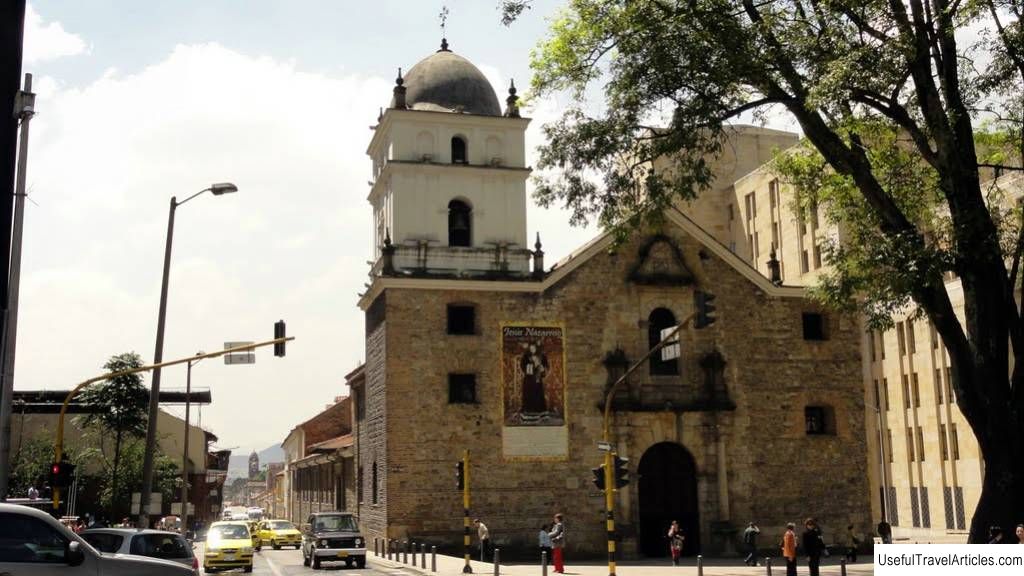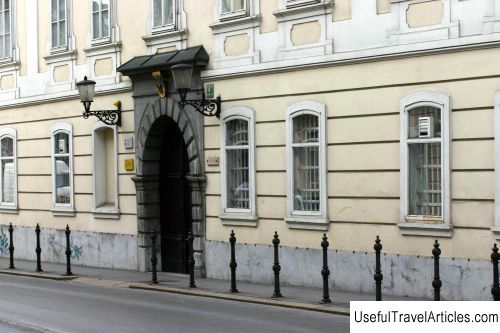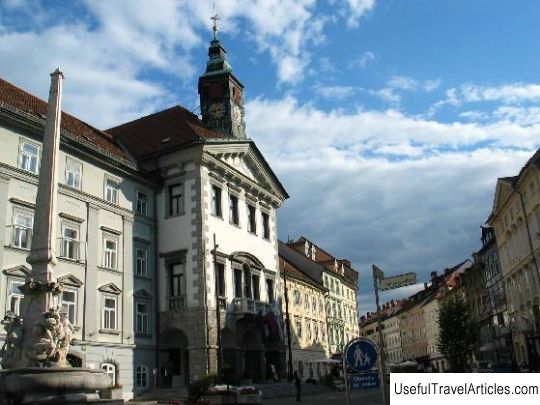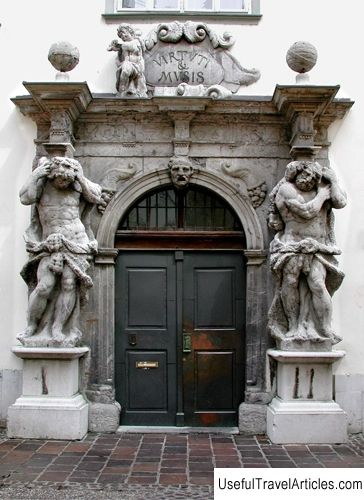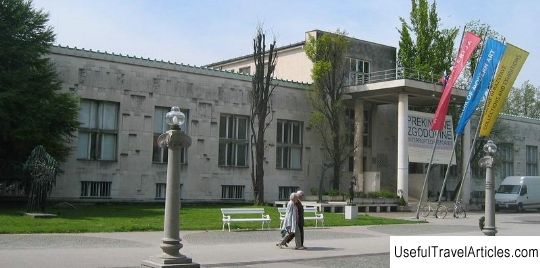Ljubljanski grad, description and photos - Slovenia: Ljubljana
Rating: 7,9/10 (104 votes) 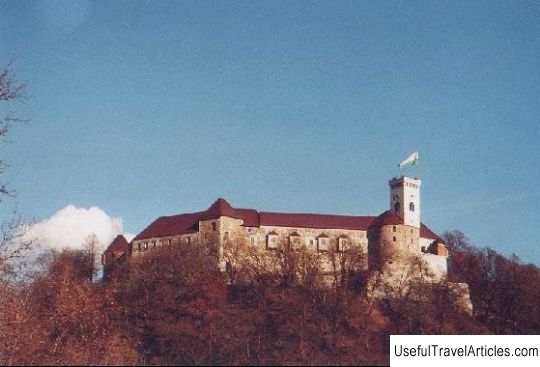
Ljubljanski grad description and photos - Slovenia: Ljubljana. Detailed information about the attraction. Description, photographs and a map showing the nearest significant objects. Title in English - Ljubljanski grad. Photo and descriptionLjubljana Castle is the most famous and attractive landmark of the capital. Located on a high hill covered with greenery in the old town, it is its visual center, which can be admired from any point. If you go up to the castle, from there, in turn, you can admire the panoramas of Ljubljana. You can walk to the castle on foot or take the funicular. Guard structures on the hill were built in Illyrian and Celtic times, most likely the Romans also used the strategic position of the hill. The first appearance of the fortress at this place is supposedly dated back to the 9th century. In written sources, the first mentions of it as the residence of the then rulers of the city appeared at the beginning of the 12th century. Destructive earthquake which took place in Ljubljana in 1511, destroyed most of the fortress buildings. Something remained and was carefully preserved over the centuries, for example, the chapel of St. George (Yuri), built in the Gothic style at the end of the 15th century. On the first Sunday in January, pilgrims have come to this chapel for many centuries to honor St. George. The place from which the whole city can be seen at a glance was too important, and the fortress was restored immediately after the earthquake. All other buildings of the castle date from the 16th-17th centuries. Interesting buildings include the Tower of Whistlers, the servants from it notified the residents of the city about the fires they saw and other incidents. But the Watchtower served exactly the opposite purpose. Its servants were supposed to warn the inhabitants of the castle about possible riots and impending assaults. In different periods of the 19th century, the castle housed first a military barracks, then a city prison. Until the middle of the 20th century, it was a residential residence. Currently, after the restoration work, the castle has become a tourist attraction and a venue for various events and festivals.          We also recommend reading Estonian National Museum (Eesti Rahva Muuseum) description and photos - Estonia: Tartu Topic: Ljubljanski grad, description and photos - Slovenia: Ljubljana. |
